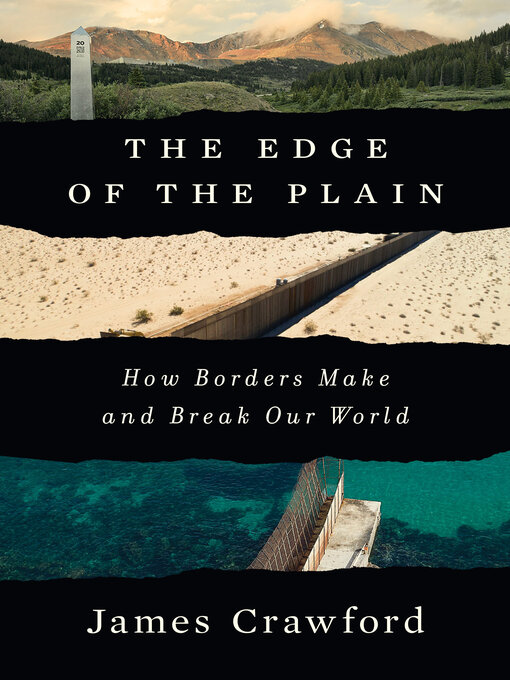A wide-ranging journey through the history of borders and an exploration of their role in shaping our world today.
Since the earliest known marker denoting the edge of one land and the beginning of the next—a stone column inscribed with Sumerian cuneiform—borders have been imagined, mapped, moved, and fought over. In The Edge of the Plain, James Crawford skillfully blends history, travel writing, and reportage to trace these borderlines throughout history and across the globe.
What happens on the ground when we impose lines on a map that contradict how humans have always lived—and moved? Crawford confronts that question from bloody territorial disputes in Mesopotamia, to the Sápmi lands of Scandinavia, the shifting boundaries of the Israel-Palestine conflict, efforts to build a wall on the United States-Mexico border, and the dangerous border crossings pursued by migrants into Europe.
And yet the role of borders extends beyond specific sites of conflict. On the largest scale, borders define the limits of empire—the two walls in Britain that once represented the northwestern edge of the Roman Empire; the mythological eastern gate supposedly closed off by Alexander the Great; China's virtual "Great Firewall." On the smallest, human scale, cell walls are the last physical barrier against disease, after lines of quarantine have failed.
Finally, as The Edge of the Plain reveals, humans have not only made their mark on the landscape: the landscape itself is now changing, more and more rapidly due to climate change. Crawford introduces us to both the Alpine watershed—one such shifting, natural borderline—and the "Great Green Wall" in Africa, envisioned as an international, community-built bulwark against desertification.
Borders are as old as human civilization, and focal points for today's colliding forces of nationalism, climate change, globalization, and mass migration. The Edge of the Plain illuminates these lines of separation past and present, how we define them—and how they define us.



